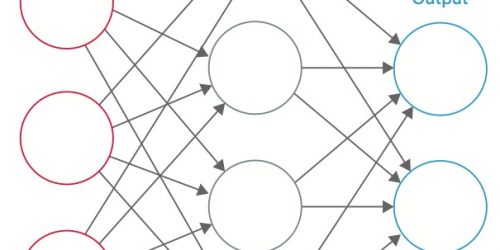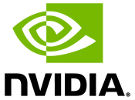May 2016 Embedded Vision Summit Proceedings
The Embedded Vision Summit was held on May 2-4, 2016 in Santa Clara, California, as a educational forum for product creators interested in incorporating visual intelligence into electronic systems and software. The presentations presented at the Summit are listed below. All of the slides from these presentations are included in… May 2016 Embedded Vision Summit […]
May 2016 Embedded Vision Summit Proceedings Read More +





